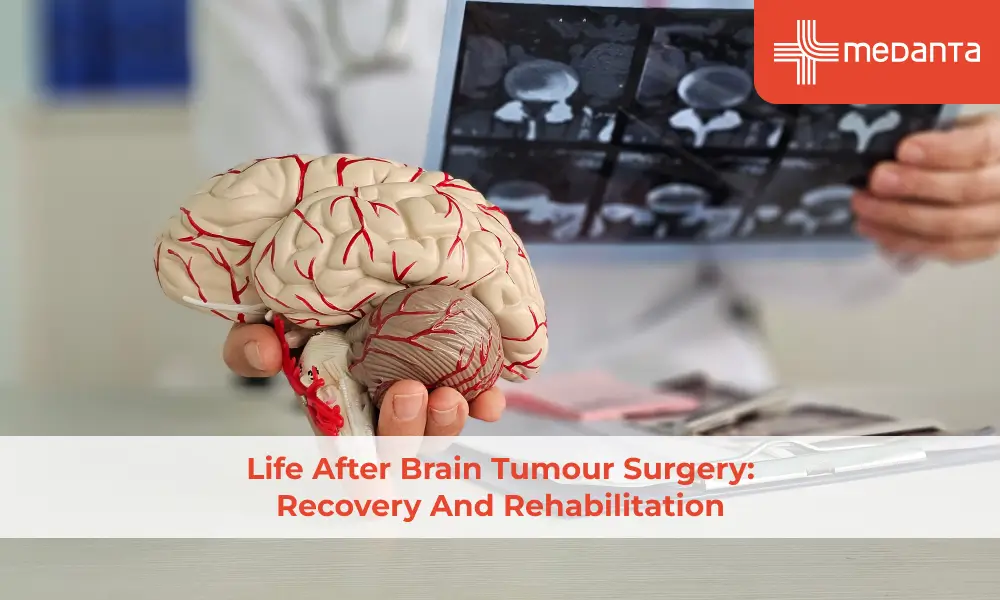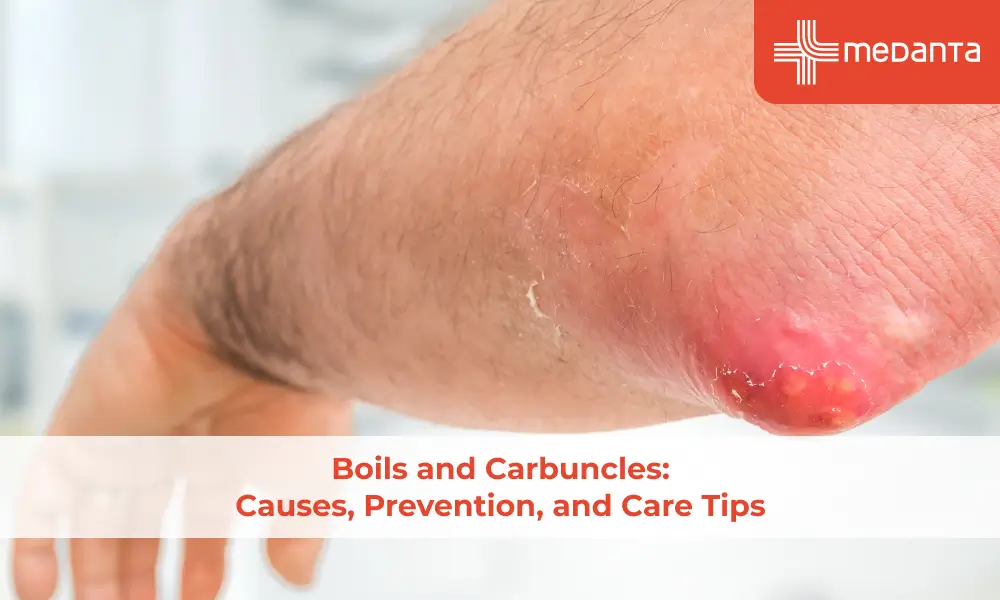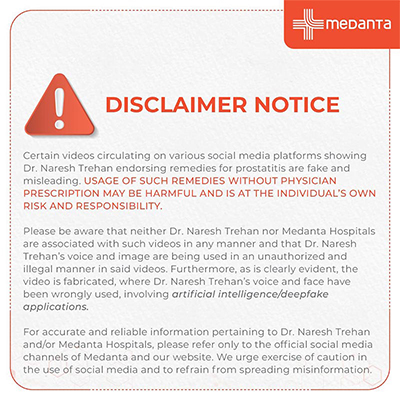Emergency Response: What to Do When Someone Collapses

TABLE OF CONTENTS
Brain damage can occur within three minutes of cardiac arrest, and death follows within ten minutes without emergency care. A person's quick response can save someone's life when they collapse. People witness thousands of fainting or collapse incidents yearly, but many don't know what to do.
People collapse for many reasons. Something minor, like dehydration or emotional distress, might cause fainting. But it could also point to a serious medical emergency—a heart attack or stroke. People often show warning signs before they faint. These include dizziness, weakness, nausea, and sweating. Bystanders who recognise these signals can prepare themselves to help.
Quick action in the first moments after a collapse is vital. The outcome depends heavily on following the right steps: checking for danger, assessing responsiveness, calling for help, and monitoring breathing. Survival rates substantially improve when people know how to perform CPR or use an Automated External Defibrillator (AED).
This article explains exactly what to do if someone collapses near you. You'll learn everything from the original assessment to handling specific emergencies. The steps could save a life, whether the person is unconscious but breathing or needs immediate CPR.
Recognising a Collapse: What It Means and Why It Happens
People collapse when they suddenly fall down without any apparent reason. We see this happen most often with a temporary loss of consciousness, which doctors call syncope. This medical condition affects at least 1 in 2 people during their lifetime.
These are the three main reasons why people collapse:
Simple fainting (vasovagal syncope): This happens in one-third of all cases. The brain doesn't get enough blood flow, which leads to fainting.
Heart problems (cardiac syncope): This makes up about 15% of fainting cases. People often faint without any warning signs, which might point to serious health issues.
Seizures: These neurological events cause people to lose consciousness with specific symptoms.
The body usually sends warning signals before someone collapses. Watch out for these pre-syncope symptoms:
A feeling of lightheadedness, dizziness or weakness
Sudden stomach discomfort or nausea
Sweating, especially cold sweats
Skin that looks pale or feels cool and moist
Vision that becomes blurry or tunnel-like
Ears that start ringing
Anxiety or restlessness
Simple fainting usually has clear triggers. Standing too long, emotional stress, seeing blood, not drinking enough water, or getting up too fast can all cause someone to faint. Heart-related collapses are different - they often happen during exercise, come without warning, and can lead to injuries from falling.
Most fainting spells aren't dangerous, but some signs need immediate medical help. Someone should see a doctor if they collapse during exercise, take more than a few minutes to wake up, notice irregular heartbeats before fainting, lose bladder or bowel control, or faint multiple times.
Older adults need extra care because their collapse cases show high fatal consequences. So doctors usually recommend hospital stays or careful screening to learn about any health issues when older patients collapse.
Step-by-Step Emergency Response When Someone Collapses
Quick action can save someone's life at the time a person collapses. Here are the essential steps that create an effective emergency response:
Check for safety: The scene must be assessed to ensure your and the collapsed person's safety. Before approaching, look for hazards like traffic, fire, or falling objects.
Check responsiveness: The person's shoulders should be tapped firmly while asking loudly, "Are you okay?" No response means they are unconscious and need help right away.
Call emergency services: Direct someone specific to call the emergency helpline. If you are alone, make the call yourself. Your phone should be on speaker mode so you can help while talking to the dispatcher.
Check breathing:
The chin should be lifted to tilt the head back gently
Take 10 seconds to look, listen and feel for breathing
Watch the chest's movement and hear breath sounds
Position appropriately:
Normal breathing: Move them to their side in the recovery position with their head tilted back
No breathing or gasping: Get ready for CPR
Start CPR if not breathing normally:
The person needs to be on their back on a firm surface
Place your hand's heel in the chest's centre, the other hand on top
Give 30 chest compressions (100-120 per minute, at least 2 inches deep, push hard and fast)
The chest must fully recoil between compressions
Use an AED if available:
The device should be turned on - follow the voice prompts
Remove chest clothing and attach pads as shown
Nobody should touch the person during the analysis
Give a shock if the AED advises
CPR should resume right after
Continue until help arrives: CPR cycles must continue until emergency services arrive, normal breathing returns, or exhaustion prevents you from continuing.
Clear communication with emergency dispatchers is essential throughout. Until paramedics or doctors arrive, these steps give the collapsed person the best chance of survival.
Handling Specific Causes: Fainting, Cardiac Arrest, Stroke and Seizures
Each type of collapse needs a specific response based on why it happens. Learning how to handle these situations can save lives.
Managing someone who has fainted:
Here's what to do if a person faints and regains consciousness quickly:
Place them flat on their back
Raise their legs above heart level
Loosen tight clothing around their neck
Let them rest for 10-15 minutes after waking
Give them cold water once they are fully alert
Medical help becomes crucial if the person doesn't wake up within one minute, shows an irregular heartbeat, feels chest pain, or faints during exercise.
Responding to cardiac arrest:
Cardiac arrest needs quick action because it can be fatal within minutes. The signs include sudden loss of responsiveness with no normal breathing or just gasping. These steps are vital:
Call the emergency number right away
Begin chest compressions immediately
Push hard at 100-120 compressions per minute
Push at least two inches deep in the chest's centre
Let the chest bounce back fully between compressions
Get an AED as soon as possible
Recognising and responding to stroke:
The F.A.S.T. method helps identify strokes:
Face: Check for one-sided drooping during smiles
Arms: Watch if one arm drops while both are raised
Speech: Listen for unusual or slurred speech
Time: Call emergency if you spot these signs
Medical attention remains crucial even if symptoms fade after a few minutes, suggesting a possible TIA or "mini-stroke".
Managing seizures safely:
Your actions during a seizure matter:
Stay beside the person throughout
Keep track of the seizure's duration
Clear dangerous objects from the area
Turn them gently to their side if possible
Don't put anything in their mouth
Don't try to restrict their movements
Call emergency services if the seizure continues beyond five minutes, multiple seizures occur without consciousness recovery, or breathing becomes difficult afterwards.
Conclusion
Quick action at the time someone collapses can save lives. Without a doubt, survival chances depend on the first few minutes after a collapse, particularly in cardiac arrest cases. Swift and appropriate action gives victims their best chance of recovery.
The response steps are simple - check for danger, assess responsiveness, call emergency services, and check breathing. A person's ability to distinguish between fainting and serious medical emergencies leads to appropriate responses. Someone who faints needs rest and monitoring, while cardiac arrest victims need CPR right away.
Different collapse situations need specific responses. Stroke victims need F.A.S.T. assessment and immediate medical attention. Protection from injury rather than restraint helps someone having a seizure. Unconscious but breathing patients benefit most from the recovery position.
Every minute counts in emergencies. A cardiac arrest victim's survival rate drops by 10% with each minute without intervention. This explains why learning these simple emergency steps saves lives. Skills stay sharp through regular practice, which builds confidence to act in ground emergencies. Taking action, despite fears of making mistakes, proves better than inaction.
FAQs
What should I do immediately if someone collapses in front of me?
First, ensure the area is safe. Then, check if the person is responsive by tapping their shoulders and asking if they're okay. Call emergency services immediately if they don't respond and check for breathing. If they're not breathing normally, begin CPR.
How can I tell if a collapse is serious or just a simple faint?
A simple faint usually has warning signs like dizziness or nausea, and the person recovers quickly. However, if the collapse happens during exercise, takes longer than a few minutes to recover from, or is accompanied by chest pain or irregular heartbeat, it could be more serious and require immediate medical attention.
Should I perform CPR on everyone who collapses?
No, only perform CPR if the person is unresponsive and not breathing normally. If unconscious but breathing, place them in the recovery position on their side with their head tilted back to keep the airway open.
What's the correct way to position someone who has fainted but is conscious?
Lay them flat on their back and elevate their legs above heart level. Loosen any tight clothing around their neck and ensure they rest for 10-15 minutes. Once fully alert, offer them some water.
How do I recognise if a collapse might be due to a stroke?
Use the F.A.S.T. method: Check for Face drooping, Arm weakness, & Speech difficulties. If you notice any of these signs, call the emergency helpline immediately, even if the symptoms disappear after a few minutes.






